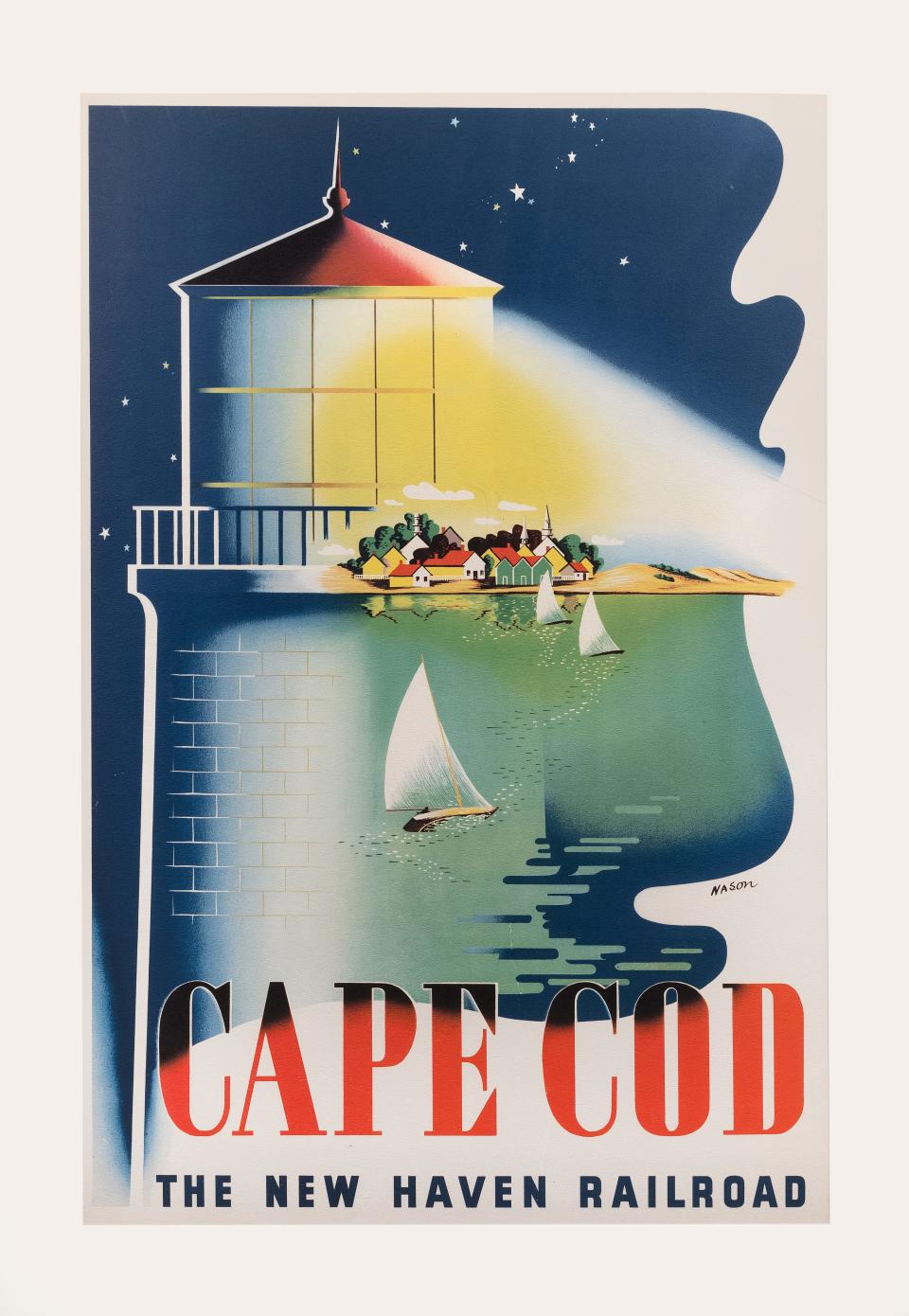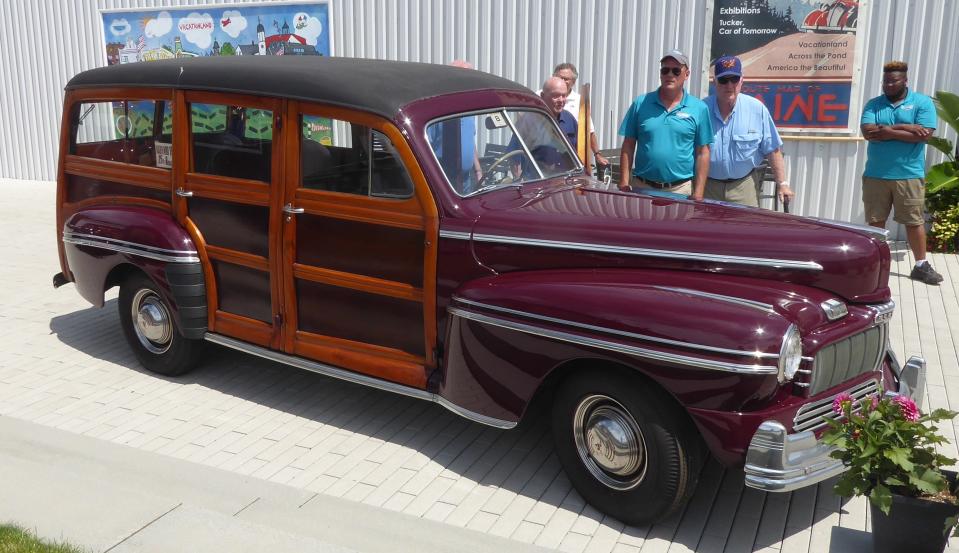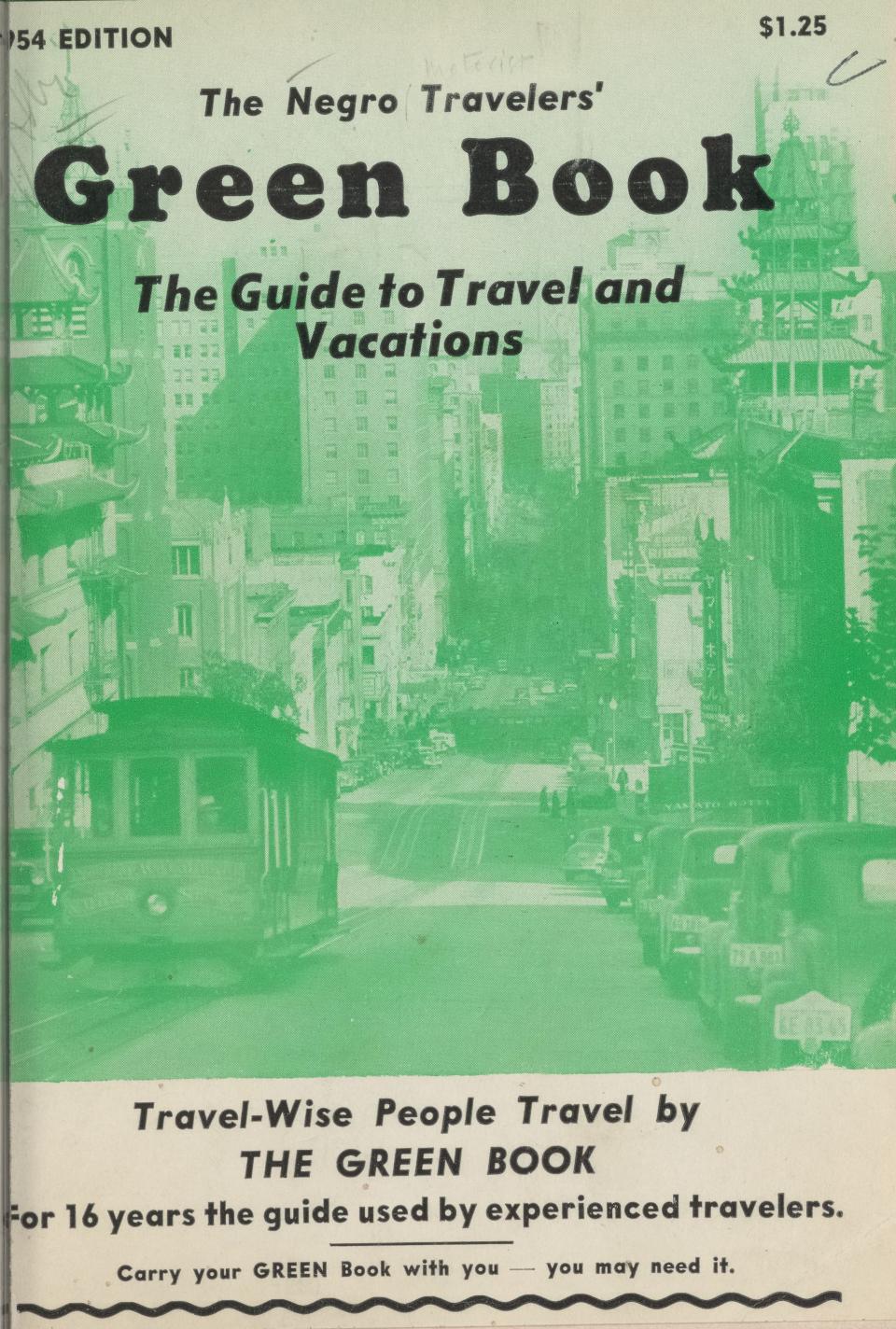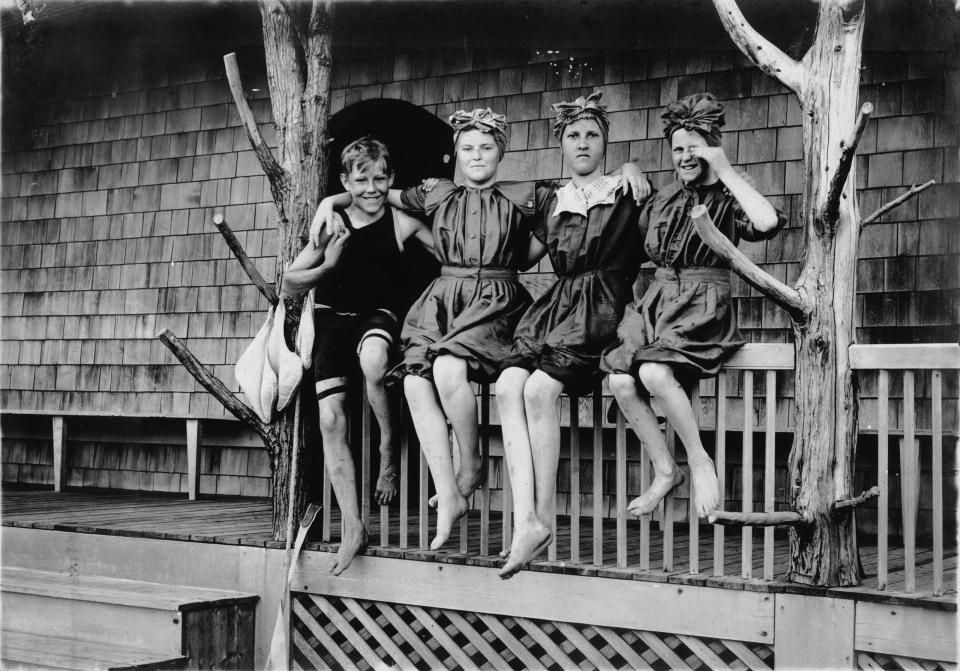How did Cape Cod become a tourist destination? Heritage Museums provides us with answers
A mind-boggling array of historical objects, videos, photography and hands-on displays will help Heritage Museums & Gardens show how Cape Cod transformed from what Henry David Thoreau called “a Yankee backwater” in the 1850s to the major visitor destination that it is today.
That “Creating Cape Cod” exhibit will be the headliner for the entire new season, which begins Saturday as the 100-acre Sandwich venue moves toward restoring a full range of pre-pandemic activities. Heritage will also offer many familiar and popular annual programs through the season.

The main new exhibit will bring to light “the many forces and dynamics” that made the tourism industry happen here, said president and CEO Anne Scott-Putney. The exhibit traces the Cape’s transition from a peninsula where Indigenous peoples lived for thousands of years prior to the arrival of Europeans, and which in the 1800s became a popular destination for fishermen and hunters, who often employed Wampanoag guides.
Radical changes followed the 1848 coming of the railroad, and vintage photographs, timetables and artifacts trace the railroad’s impact first in Sandwich, then reaching the Cape’s tip by 1887.
Railroad whistles and conductors’ voices invite visitors to sit in a reproduction 19th-century “parlor car,” part of the historic “Dude Train,” a luxurious private train chartered by wealthy businessmen who wanted a comfy, convenient way to travel to and from Boston. The train picked up these executives from Woods Hole and stations along the line to Wareham, whisking them to the city for work and then back to the Cape in time for dinner. (“Dude” is the actual term used at the time to describe “a fashionable man.”)
Island movie studio: Nantucket is being used to tell a Revolutionary War tale with Vermont roots. Here's how
The late-19th-century welcome mat made possible by the railway was at first limited to well-to-do white, mostly Protestant, visitors who flocked with their families to the upscale hotels and lodgings opening across the Cape — pictured in the vintage photos and brochures that lured such vacationers.
One early description included in the Heritage exhibit is of the Chequesset Inn in Wellfleet, which even in the late 1800s was equipped with electricity. Its owner, a devout Methodist named Lorenzo Dow Baker, felt his equally devout guests should retire at a presentable hour, and shut off the power each evening at 10:30 p.m.

How cars changed everything
The Cape’s landscape was forever altered by the advent of the automobile in the early 20th century, which rapidly opened up travel opportunities for people of varying economic means. The “Creating Cape Cod” displays spill from the Special Exhibitions Gallery into the Heritage Auto Gallery, where visitors can see examples of the iconic vehicles that became hallmarks of the new automobile culture, including the collection’s 1945 Buick “Woodie” wagon and a 1965 Ford Country Squire.
Waiting for the next big wave are surfboards from the 1930s and 1960s, placed near a rare 1932 Beetle Cat sailboat with its distinctive gaff rig. On loan to the auto gallery is a 1930 Curtiss Aerocar trailer, forerunner of today’s RVs, hitched to a vintage 1929 Packard with canvas top.
Automobile travel flourished for people of different ethnicities as well. Heritage partnered with SmokeSygnals, a local Wampanoag-based marketing and communications firm, to present the story of Cape Cod travel for people of color, including its expansion from the 1930s to the 1960s, as shown in postcards of the day and ads in Ebony magazine. There is also the famous Green Book and other travel guides that directed people of color to cottages, restaurants and hotels where it was deemed safe for them to stay.

After World War I, businesses saw the opportunity to make (Cape Cod) “a more economically viable place,” says Scott-Putney. The newly formed Cape Cod Chamber of Commerce undertook a massive marketing campaign, essentially inventing the images that became the hallmarks of an iconic Cape marked by sand dunes and “quaint little villages.”
In Boston: The Temptations' story: Electric singing, dancing make up for cliched 'Ain't Too Proud' script
A hefty section of “Creating Cape Cod” depicts exactly what was created: from souvenir spoons, aprons, tea towels and postcards to an ever-expanding entertainment market that included classic venues like the Cape Playhouse, Cape Cod Melody Tent and jazz clubs. And there was that blockbuster song by Patti Page — listen at the exhibit.
Homegrown nightspots became popular destinations, including the famed Joe’s Twin Villa in Osterville, owned by generations of the Joe Gomes family, and integrated – a rarity in the mid-20th century. The villa’s jukebox is on display, along with a video interview with Cape artist Joe Diggs, a Gomes grandson.
Other videos contain voices from the Cape’s Wampanoag community, including from tribal member and singer Earl Mills Jr., describing the impact of tourism on the tribe’s ancestral lands; and an interview with a relative of 1950s-'60s entrepreneur “Princess Evening Star,” Gertrude Haynes Aikens, who offered “Indian Programs” from her home in Mashpee and recounted stories about “the greeters of the Pilgrims.”

More than just history
The exhibit concludes in the present day and the growing issue of how to sustain what’s been built. Jennifer Madden, the show’s curator, points out a video that visitors can activate to provide projected climate changes for any area of Cape Cod, and to maps and graphics that describe water, waste and pollution mitigation efforts now underway.
According to Scott-Putney, the show provides a “holistic and comprehensive” look at these issues, including information dating back to the 1950s that raised similar sustainability issues. “Seventy years later, and we’re still on the same subject,” says Madden.
In Yarmouth Port: Urban myth debunked? Artist Edward Gorey's ballet fandom is centerstage in new museum exhibit
Many communities have shared their stories in the exhibit. More than 35 individuals, organizations, museums and historical societies loaned materials for display, with more than 50 items from the Nickerson Archives at Cape Cod Community College alone, according to Madden.
Also at Heritage this season, starting May 20, six large-scale outdoor sculptures by five Northeast artists will be on display: “Treasured Trash” installations created from recycled and repurposed materials. The installations bring focus to issues of waste management and pollution facing the Cape.
The Run for the Rhodies 5K Trail Race returns on May 28, and the annual outdoor Heritage Auto Show celebrates its 50th year on June 11, with special guests from the National Woodie Club showing off their classic station wagons. Other events will include the annual outdoor rhododendron (May 20-30) and hydrangea (July 8-17) festivals, Wampanoag Heritage Day (July 30) and ongoing displays in the auto gallery.
Heritage Museums & Gardens Hours, Location, Ticket Prices
Hours: 10 a.m. to 5 p.m. daily (with occasional longer hours) April 23-Oct. 16
Where: 67 Grove St., Sandwich
Admission (advance reservations recommended, walk-ins available as space allows): $20; ages 3-17, $10; free to age 2 and under
Tickets and information: https://heritagemuseumsandgardens.org; information only: 508-888-3300
This article originally appeared on Cape Cod Times: Cape Cod as tourist magnet: Heritage museums open with answers on how

